Programmatic advertising refers to the automated buying and selling of digital advertising space in real-time using sophisticated algorithms.

Discover the top 10 best programmatic advertising platforms
AIRTORY
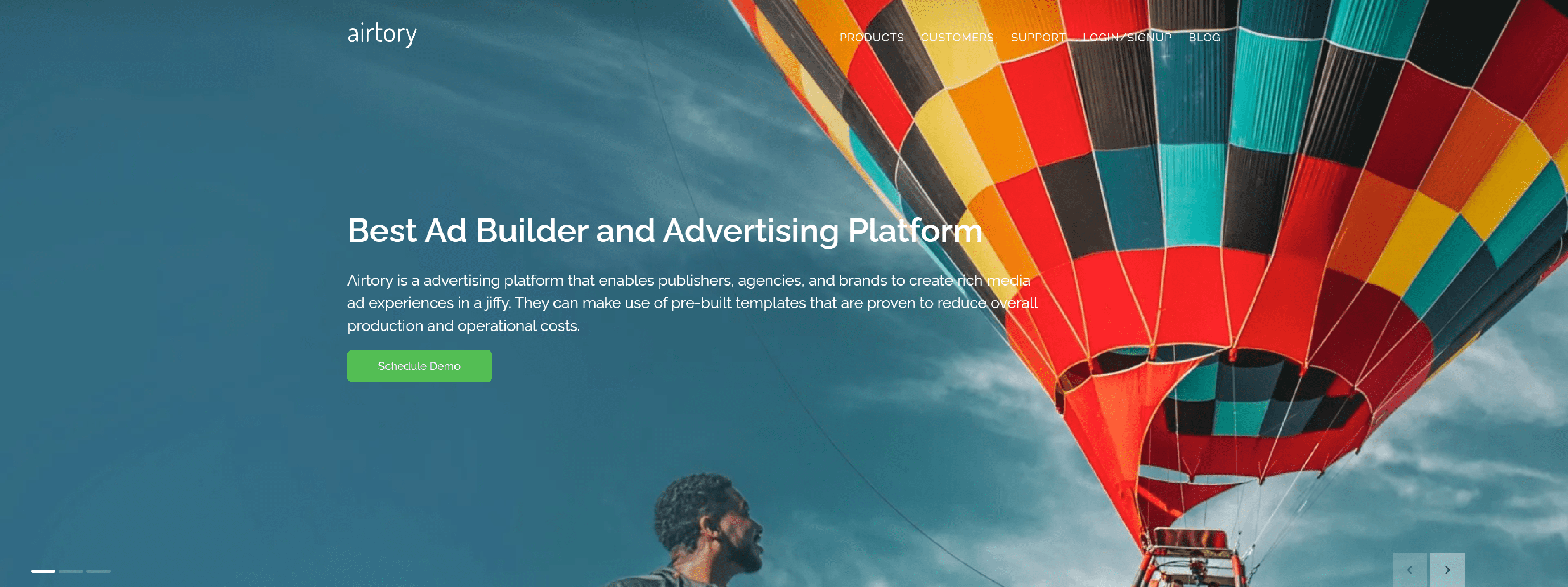
Airtory is one of the best programmatic ads platforms for programmatic creative advertising.
- Data-Driven Prospects
- Reach the Right User with the Right Ad
- Create Ads for Multiple Platforms
- Better Efficiency
- Ensure the Right Ad is Displayed for the Right Users
- Gain Valuable Insights
- Complete Visibility Over Campaigns
- Manage and Adjust Campaigns in Real-Time
- Enhanced User Experience
- Automation
STACKADAPT
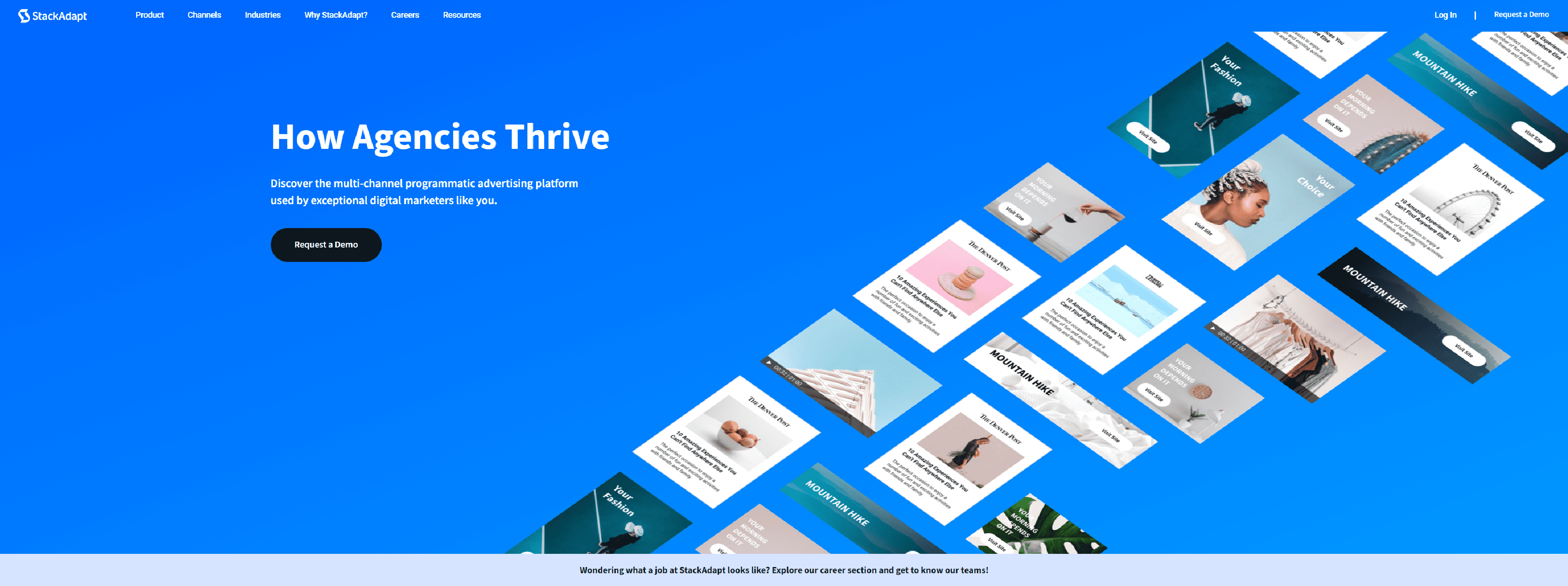
StackAdapt is a top-ranking programmatic advertising platform used by the most exceptional digital marketers.
- Creative Studio
- Planner
- Ad Previewer
- Multi-Channel Targeting
- Inventory and Marketplaces
- Strategy Tools
- Machine Learning and AI
- Robust Reporting
- Actionable Insights
BASIS

Basis Technologies improves the lives of digital marketers with the world’s most automated and comprehensive advertising platform.
- Integrate all advertising into one place
- Save time with workflow automation
- Increase collaboration and communication
- Operate smarter with consolidated data
- Build your team, on your time
MGID
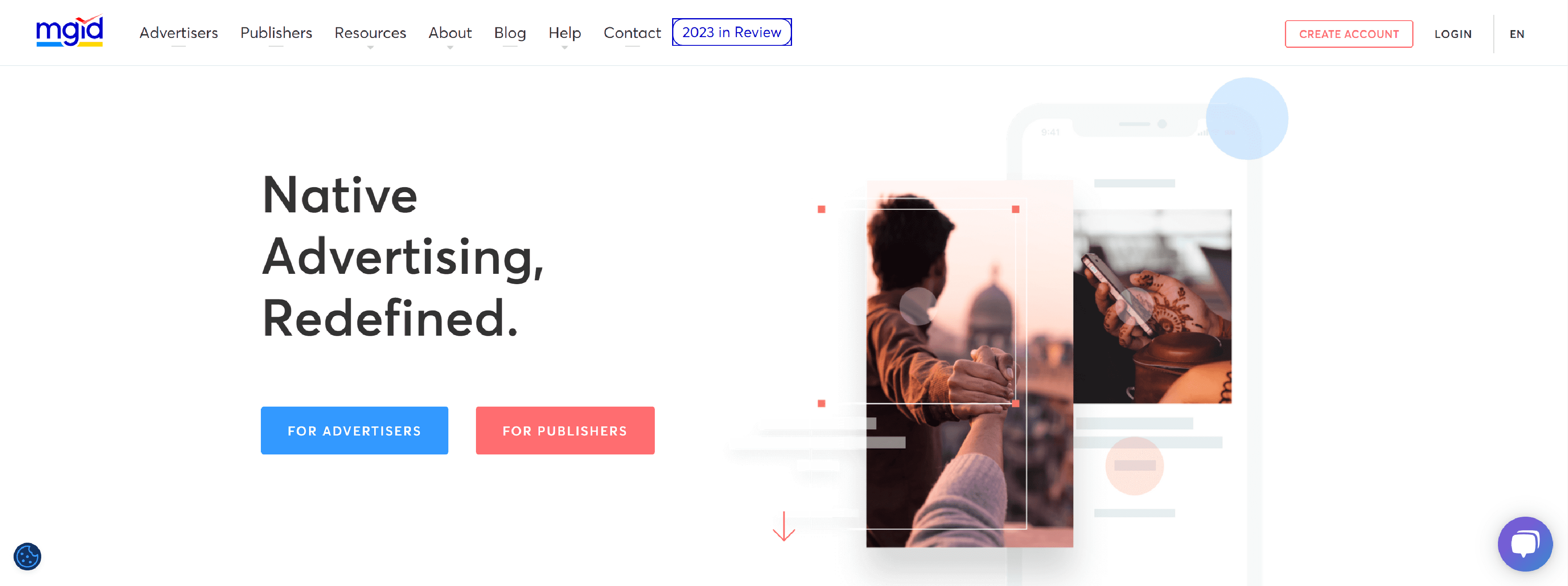
MGID vision is to nurture a new stage of digital media, enabling consumers to engage with content and sponsored advertisements in an equally positive way.
- Avoid banner blindness by serving relevant content, suitable to a user’s interests
- Organically intertwine advertisements into a user’s website interactions with native ad placements, free from irritation
- Utilize a more subtle and indirect selling approach, rather than standing out as purely hard-sales advertising
- By definition, native advertising has a 60% higher CTR
MEDIAMAXNETWORK
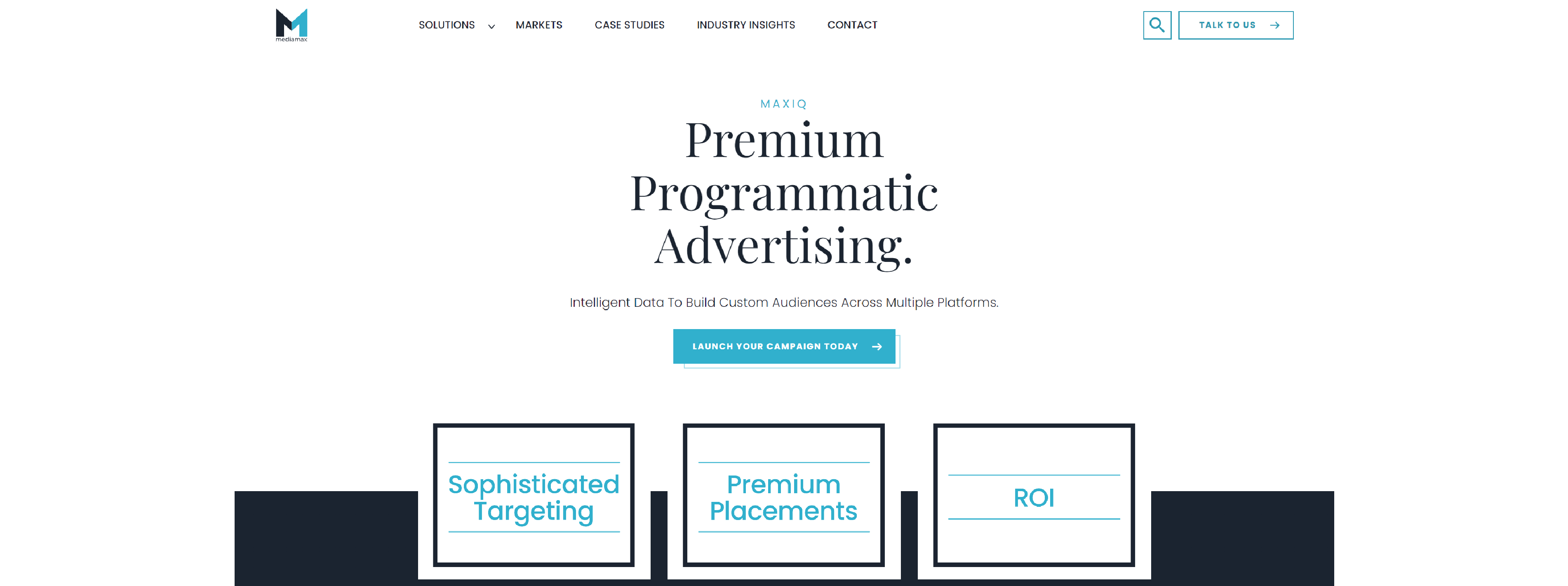
MediaMax’s luxury programmatic advertising places your ads in the right places for your exact target audience.
- Data in your CRM
- Social media platforms
- Subscription-based emails
- Surveys
- Customer feedback
PUBLIFT
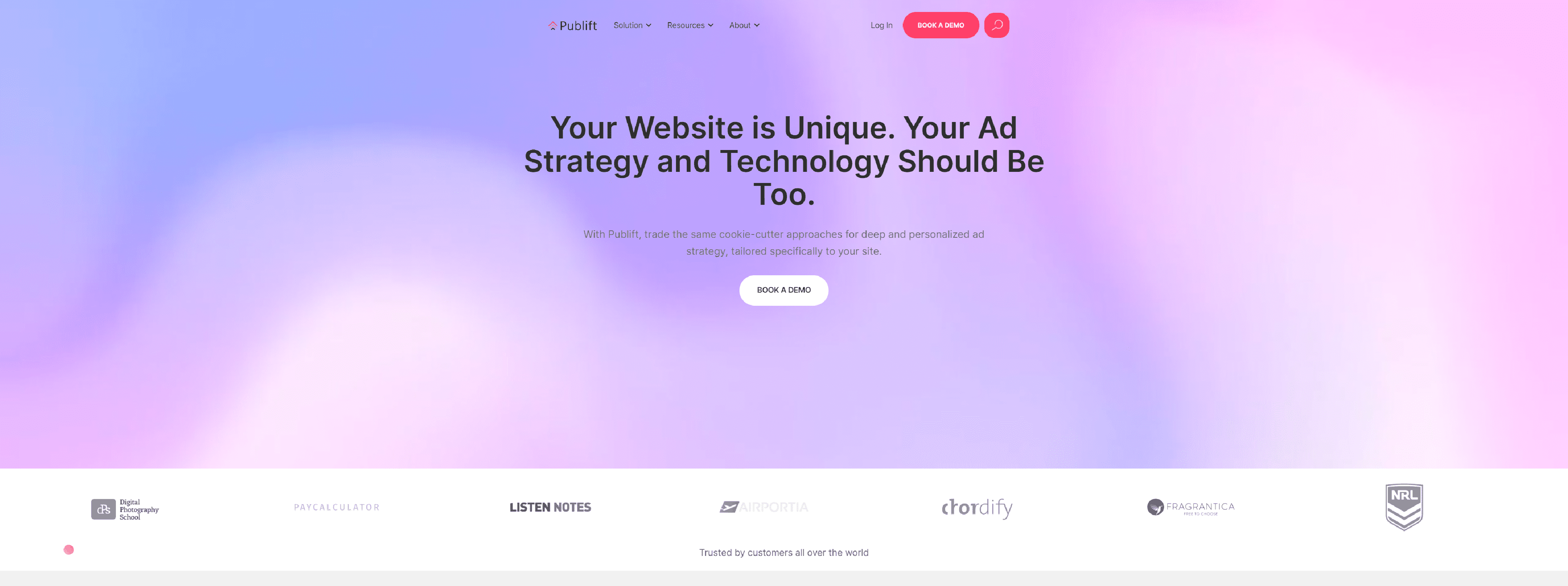
With Publift, trade the same cookie-cutter approaches for deep and personalized ad strategy, tailored specifically to your site.
- Optimization Excellence
- Highly Customizable
- Optimization Dojo
- Experiment Everything
- Deep Engineering Expertise
SMAATO

Smaato’s Digital Ad Tech Platform gives publishers the controls needed to deliver seamless, engaging experiences for global audiences.
- Build Your Own Walled Garden
- No Ad-Serving Fees
- We Are Omnichannel
- Our Clean, Protected Marketplace
CRITEO

Activate the world’s largest set of commerce data to bring richer experiences to consumers with Criteo Commerce Media Platform.
- Industry-leading AI technology
- World’s largest open commerce dataset
- Inventory on leading retailers
- Premium open internet supply
- Unique commerce audiences
- Closed-loop measurement
- Outcomes-focused
- United supply and demand
- All-in-one solution
ADS.MICROSOFT

Microsoft Advertising – run scaled and sophisticated programmatic advertising campaigns with Xandr. Reach your target audience with one of the world’s largest marketplaces.
- Innovators in advertising technology
- Premium advertising for a variety of formats
- An open, flexible platform
ADMANAGER.GOOGLE
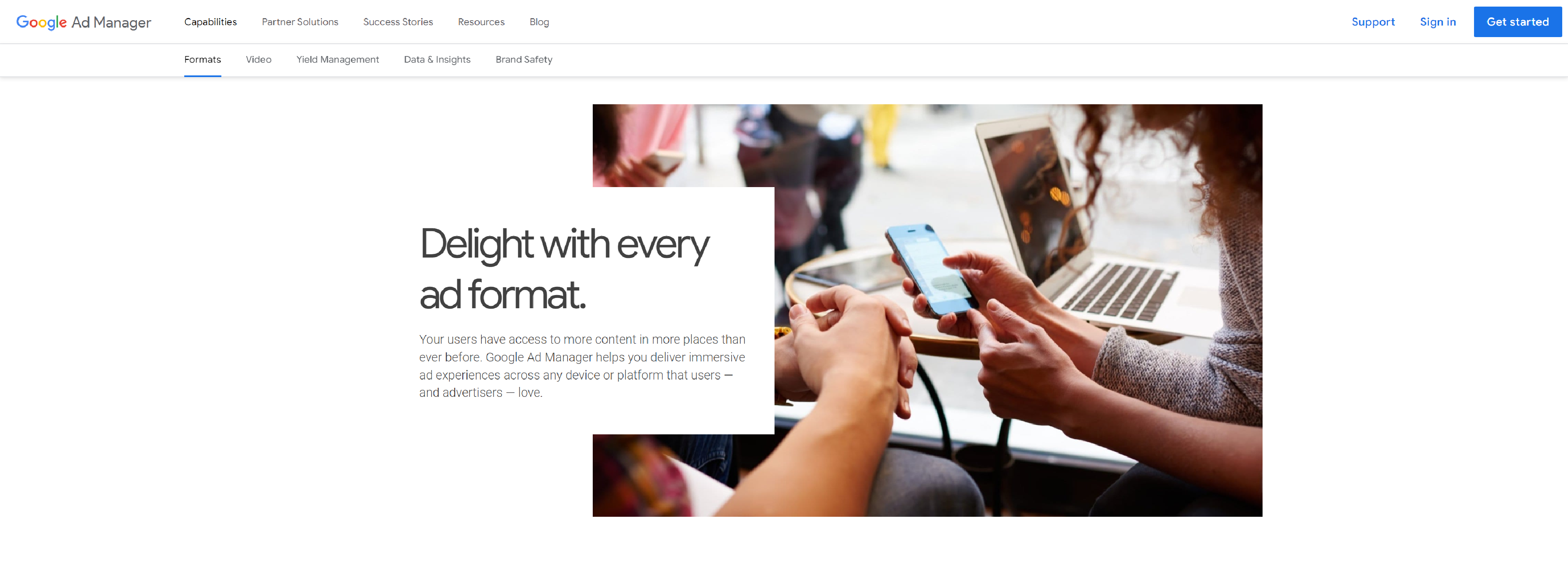
Google Ad Manager brings the scale and impact of data-driven, programmatic buying to every ad format with immersive ad experiences across any device or platform.
- Delight with every ad format
- Make every ad fit
- Sell any way you want
- Stay ahead of the curve